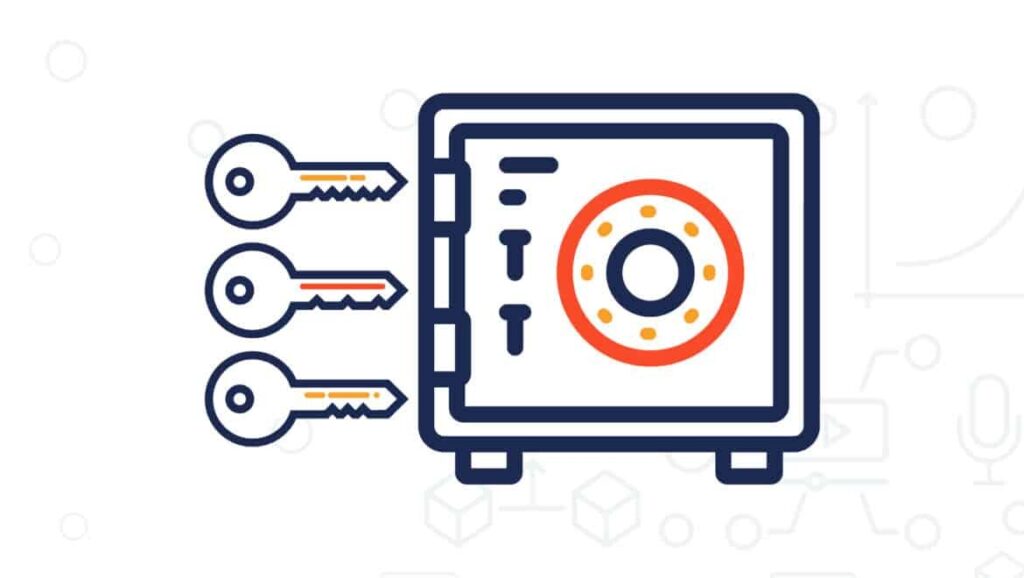What is a Multisig Wallet?

Security is one of the main concerns in the growing field of cryptocurrency and digital assets. Multisig or multisignature wallet is one of the products that comes up with an inventive proposal to improve the issue. This case has become more well-known for offering an additional mitigation solution to prevent unauthorized access and avoid fraud. This paper discusses what multisig wallets are, how they work, their various kinds over time, their advantages and disadvantages, and their expected outcomes.
Introduction
For now, secure storage of digital assets and cryptocurrencies has become an urgent need. Traditional single-signature wallets, which are controlled by one private key, are associated with significant security risks. Multisig wallets eliminate these risks since several keys are required for authorization of transactions, ensuring the security and integrity of cryptocurrency funds in the wallets.
Key Takeaways
- Multisig wallets are also a type of wallet that requires multiple private keys before a transaction can be authorized.
- These wallets are ideal for business transactions, sharing accounts and increased personal safety.
- It is very important to understand how the multi-signature wallets work for anyone who is involved in the crypto industry.
- They have some positive aspects such as security and cutting down on fraud but they also pose some challenges like complexity and delays in approving the transactions.
What is a Multisig Wallet?
A multisig wallet is a type of cryptocurrency wallet that requires two or more private keys to authorize a transaction. This multi-signature requirement means that no single party can independently access or move the funds, which significantly enhances security. Multisig wallets are particularly useful for businesses, partnerships, and any situation where multiple parties need to approve transactions.
For example, a multisig wallet with a 2-of-3 configuration requires at least two out of three private keys to authorize any transaction. This setup can prevent unauthorized access even if one key is compromised.
How Do Multisig Wallets Work?
Multisig wallets work by distributing control of the wallet among multiple private keys. Here’s a step-by-step overview of their operation:
- Setup: Creation of such a wallet occurs where several private keys are created and shared amongst the different parties of the multisig wallet. The specific configuration (e. g. the 2-of-3 or the 3-of-5 signature structure for each transaction, is based on the required security and ease of use.
- Transaction Initiation: Post contract creation, for a transaction to be valid it must be signed by a threshold set by the wallet.
- Authorization: Then, the maker creates a signature with the necessary number of signatures and then broadcasts the transaction to the network.
- Completion: If the signatures are acceptable the system checks for invalid signatures and the transactions are recorded in the blockchain, thus completing the process.
Types of Multi Signature Wallets
There are several types of multisig wallets, each catering to different needs and security levels:
- 2-of-3 Multisig Wallets: It is a common configuration that demands for two of the private keys for a transaction to be successful. It is a perfect book for business owners who need robust protection and ease of use for family needs.
- 3-of-5 Multisig Wallets: This mechanism insists on the use of three out of five keys to be more secure and is appropriate for organizations and those who would want to undertake more robust fraud prevention measures.
- M-of-N Multisig Wallets: This is a generalized format where M of N signatures are required for valid transaction use. This approach provides the opportunity to identify security requirements on a detailed level.
- Custom Multisig Wallets: There are however some setups which may require even much more complex configurations depending on the demand of the organization, its risk management policies and any other factor that the organization may require.
Pros & Cons of Multisig Wallets
Pros
- Enhanced Security: Using multiple keys helps in preventing access and theft. It is very secure because if any one key is compromised the funds are intact.
- Fraud Prevention: Multisig wallets also offer an additional layer of protection against fraud because a transaction must be approved by multiple parties.
- Shared Control: Useful for businesses or joint accounts with multiple users in order to guarantee group decisions.
- Loss Mitigation: If one of them is lost or stolen, the money cannot be lost as long as the other keys are retained.
Cons
- Complexity: Multi-signature wallets are not easy to use especially for newcomers in the cryptocurrency world.
- Transaction Delays: Multi-signature proves can slow down transactions, and may not be practical when swift approvals are necessary.
- Cost: Multi-signature wallets are also more expensive for wallet management because of the keys and security requirements.
- Technical Challenges: It can also be difficult to inform all the signatories and ensure that the right procedures are followed especially in large groups or where the team is not very tech savvy.
Goals of Multi-Signature Wallets
The primary goals of multisig wallets are:
- Security: These wallets have elevated security levels of digital assets because they require multiple signatures.
- Collaboration: Multisig wallets are used to make decisions in various companies and organizations as there will be no possibility of a single person controlling the funds.
- Fraud Prevention: They help prevent fraud due to shared control, which requires multiple approvals for any transaction.
- Redundancy: Multisig setups add additional security. Even if a single key is lost, the wallet can still operate, ensuring that an individual does not lose access to funds.
Conclusion
The multisig wallets are one of the most useful security features of the cryptocurrency platform. They operate with several keys to allow for authentication of transactions and control over the funds. They add a level of complication and create possible delays but are essential as they provide security and collaborative control in particular for businesses and other considerable asset owners.
Knowledge and use of multi-signature wallets could go a long way in addressing the risks of crypto-holdings. As the digital asset market evolves, the use of multisig wallets is expected to become more important in safekeeping assets and enabling trustworthy dealings.







